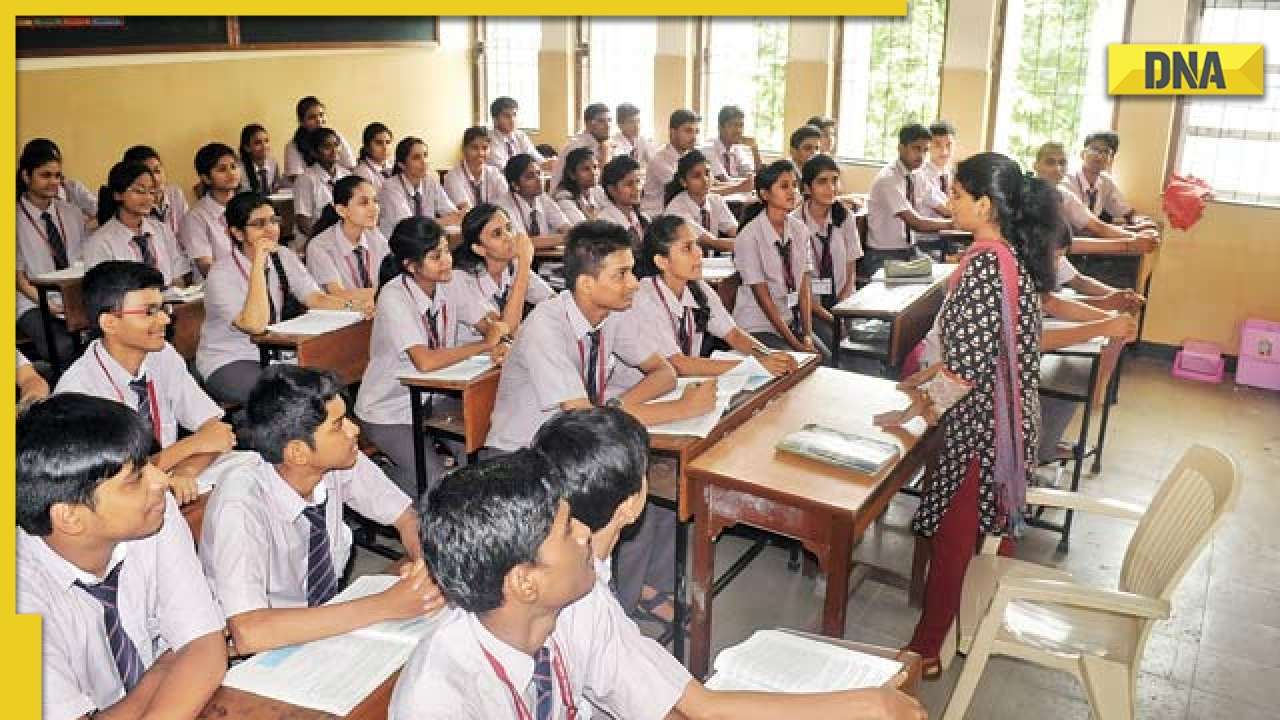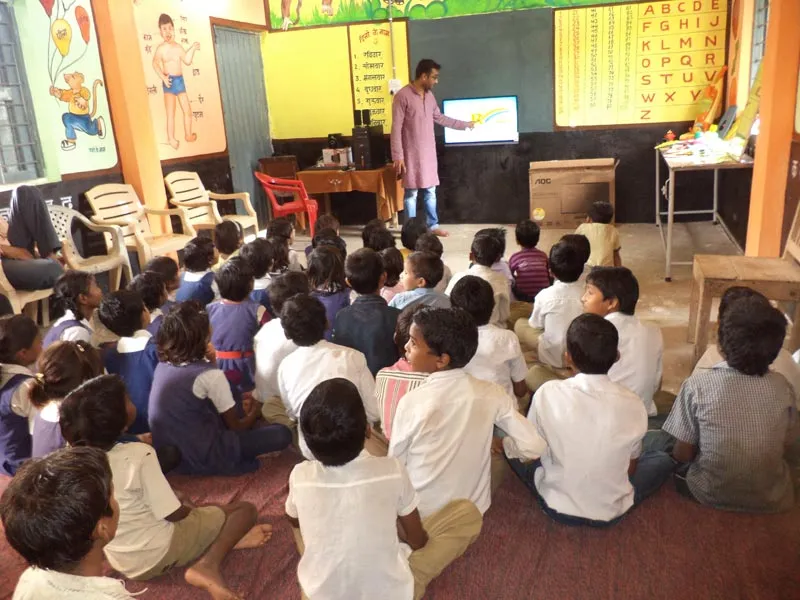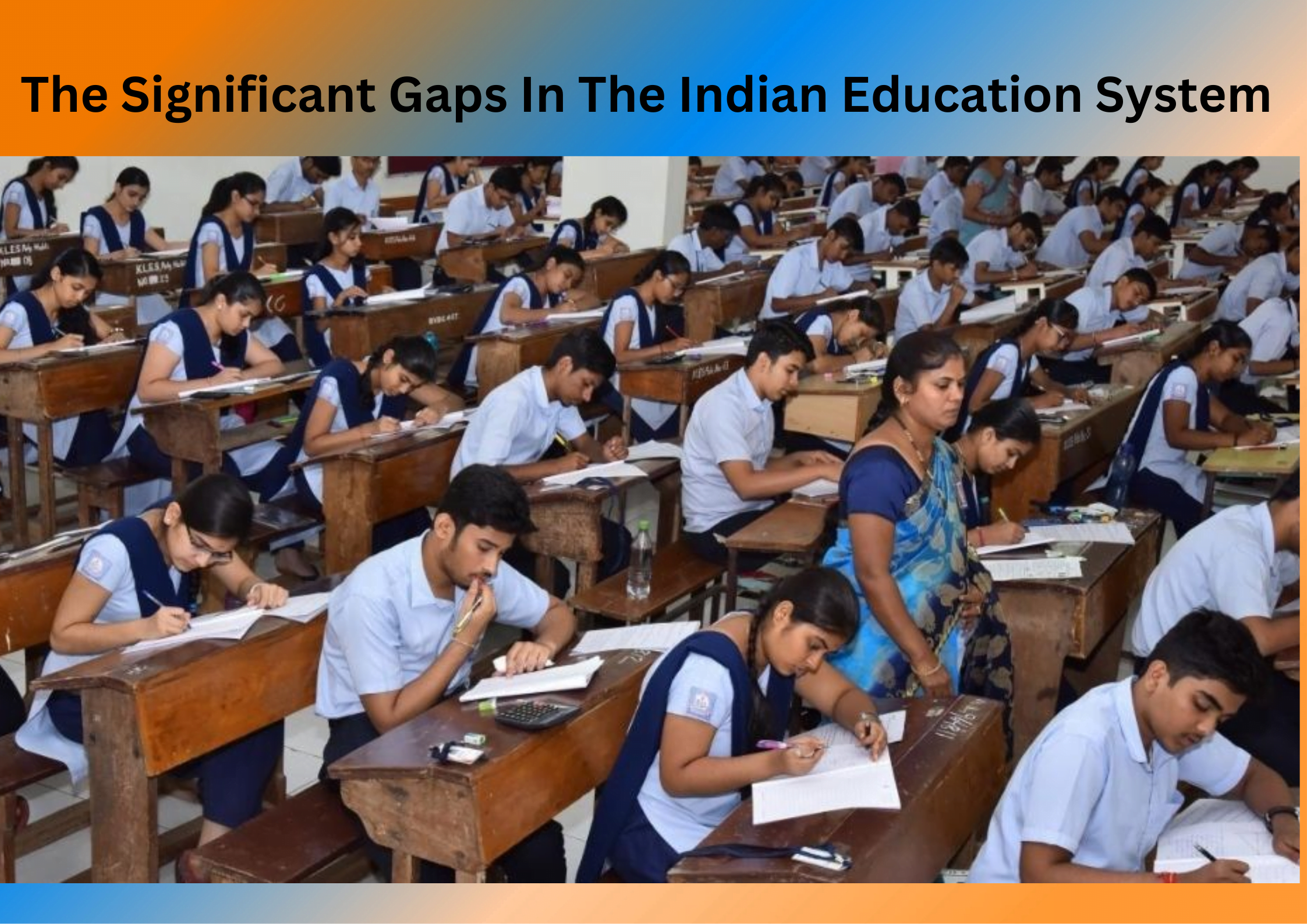The Indian education system has had its fair share of criticism. The debate around its effectiveness rages on now and then. However, much of the noise is general and centred on a few issues learning material to infrastructure to instructors. But there are significant gaps in the system that need attention.
Following government reforms in 1990, there was a steady increase in literacy rates to 79.5% in 2019. However, post-lockdown in 2020, the literacy rate decreased by 2% or 77.7%.
However, considering the effects of the coronavirus, lockdown, and online learning, a decline in the literacy rate is anticipated in the forthcoming years due to online learning and many other factors.
The National Survey of India’s report estimates that the literacy rate was 77.7% in 2022.
As per research conducted by Mayo college girls school ,the first and most important reason is the continuing emphasis on rote learning and memorisation, especially in primary schools. Moreover, there is discrimination against those who do not attend private or government schools—and this makes it difficult for students from all backgrounds to succeed in their studies.
There’s a huge gap between the educational content taught at school and what students will need for them to succeed after graduation.
Also Read : How Do Children With Limited Resources Face Inequality In Education?
New Education Policy

To help our country develop into an egalitarian and thriving knowledge society, the NEP 2020 envisions an India-centered educational system that provides students with an excellent education.
Restructuring The Policy
- Curriculum and pedagogy in schools are being revised to follow the new 5=3+3+4 pattern.
- The new curriculum was created with learners in mind, including those aged 3 to 18, 8 to 11, 11 to 14, and 14 to 18, who are in various stages of development.
- Five years will be spent on the Foundation stage.
- Pre-kindergarten for three years and grades 1 and 2.
- The three-year preparatory phase will be 3, 4, and 5th grades.
- Upper or middle primary will last three years. Grades 6 through 8.
- High school or secondary school will last four years. 9, 10, 11, and 12th grades.
- The aforementioned levels will all appropriately include Indian and regional traditions, ethical reasoning, socio-emotional learning, quantitative and logical reasoning, digital literacy, computational thinking, scientific tamper, languages, and communication skills.
Changes in the Higher Education
- To improve human welfare and develop India, higher education is crucial. With the help of this NEP, they hope to increase GER from 26.3% to 50% by 2035 and add about 3.5 crore new seats to higher education institutions.
- Under this, the undergraduate study could last three or four years with various entry and leave points.
- Global norms for multidisciplinary education and research universities will be established.
- The only organisation for all higher education will be HECI (Higher Education Commission of India) (except medical and legal education)
- The National Higher Education Regulatory Council (NHERC), the Generation Education Council (GEC), the Higher Education Grants Council (HEGC), the National Accreditation Council (NAC), and the Higher Education Grants Council will be the four autonomous verticals that makeup HECI.
- Higher Education’s Globalisation.
- Credit acquired by students over their academic careers from various HEIs may be stored and transferred at the time of final degree in an academic bank of credits that will be developed.
Importance Of Education In India

In India, education is considered to be of paramount importance. It is the only way to get ahead and provide a better future for your family. Not only are you able to gain an education, but also a better understanding of yourself and the world around you.
The education system in India has been designed to help students reach their full potential. That can be seen in their rigorous curriculum, which focuses on both theoretical knowledge and practical skills. The government has also made sure that there are enough schools available in every region so that everyone can attend them without any issues.
However, there are still some problems that the Indian Government must address before it is too late.
The importance of education cannot be understated because it provides children with the tools they need to succeed in life. It also helps them become more aware of what is around them and allows them to learn about different cultures and languages so that they can interact with people from other parts of the world at a much younger age than normal!
Significant Gaps In The Indian Education System

Studying in India is considered an honour and a privilege, almost a rite of passage. But if you look closely, there are significant gaps in the education system. So what are those gaps? And how can we fix them?
English Is The Primary Language: of teaching in higher education, making it extremely difficult for students from rural areas or with a vernacular education background to follow lessons and keep up with the curriculum.
Low Budgetary Allocation: When measured as a percentage of GDP, the overall education expenditure has stalled and is the same as it was in 2013–14, despite an absolute rise in the budget for school education and higher education for 2022–23. A significant barrier to raising the standard of educational facilities and teaching materials is a lack of funding.
Evaluation And Assessment System: In ancient India, education gave people life skills, but today its definition and aim are limited to just helping people find employment. Rote learning is now accepted, and pupils are expected to memorise the curriculum and apply it to examinations and exams. Academic rat racing has ensnared students, parents, and instructors, and it harms creativity and unconventional thinking.
Significant Disparity Between Students: One of the most pressing issues is the disparity between students. The quality of education is unevenly distributed, and there are many areas where teachers are not properly trained to teach students.
Another issue is that there are not enough schools located in rural areas. Most children living in these areas do not have access to good schools, which can make it difficult for them to get an education.
Finally, there are also not enough teachers who are qualified to teach different subjects at higher levels.
That means many students will not receive the same level of instruction.
Declining Education Quality: The main reason behind this decline in quality is due to outdated teaching methods used by most teachers across India. The curriculum being taught in schools today is not relevant to what students need to know in today’s world.
This problem has led to a huge gap between what students are taught at school and what they will use when they leave school and enter the working world.
Privatisation Of Higher Education: The rise of business-focused education Entrepreneurs has made professional and technical education cost a significant barrier in the existing Indian educational system. It is limiting access to quality higher education for the primarily rural population and economically weaker sectors.
The Problem of Brain Drain: Brain drain refers to the phenomenon of educated people moving to other countries and taking their skills with them. That is most common among doctors and engineers, but you’ll also see scientists and researchers leaving the country in droves.
We lose talented individuals who could have aided in the growth of the education sector or otherwise contributed to the advancement of our nation.
Over half of the class 10th and 12th top scorers were said to have relocated and were either studying or working abroad. Primarily in the US, between 1996 and 2015.
The National Skill Development Mission, one of the governments of India’s initiatives in this area, seeks to teach almost 400 million individuals in India by the year 2022, but it won’t be enough to completely halt the movement.
Conclusion
People overlook to realise that India is a massive country with a wide variety of demographics. As such, the quality of education can be significantly different from one region to the next.
In some areas, the schools are highly competitive and well-funded, while in others they’re severely underfunded and staffed by unqualified teachers.
But all of these problems are fixable ones—it will just take time and perseverance on the part of government officials and education reformers. In time, the Indian education system could be one of the best in the world.






